If your network adapter is not showing in Device Manager, it can leave your PC without internet access—crippling both productivity and connectivity. This issue is particularly common on Windows 10 and Windows 11 after a system update, driver malfunction, or BIOS misconfiguration. In this comprehensive guide, we outline the most effective solutions to restore your missing network adapter, whether you're a beginner or advanced user.
Basic Checks Before Advanced Troubleshooting
Before jumping into more technical solutions, we recommend performing the following basic verifications:
Ensure Wi-Fi or Ethernet Hardware is Enabled
If you're on a laptop, make sure the physical Wi-Fi switch (if available) is turned on.
For desktops, verify that the Ethernet cable is securely connected and that your router is powered on.
Restart Your Computer and Router
Temporary system glitches can prevent the network adapter from appearing. A simple reboot of both your computer and router can often resolve the issue without further intervention.
Fix 1: Show Hidden Devices in Device Manager
Windows sometimes hides unused or disconnected hardware components from Device Manager. If your network adapter is hidden, it won't appear even though it is installed. This usually happens after driver corruption, power loss, or Windows update. Revealing these hidden devices can bring back your missing adapter in seconds.
Press Windows + X and select Device Manager.
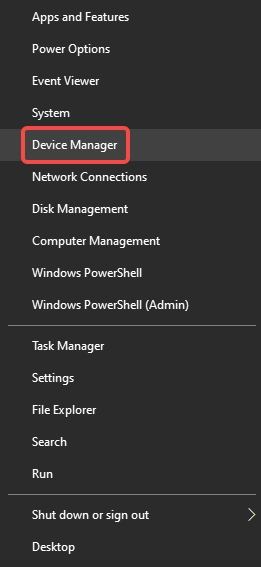
Click on View in the top menu.
Choose Show hidden devices.

Expand the Network adapters category.
Look for any greyed-out entries. If found, right-click and select Enable device.
If no adapter shows up even after this, proceed to the next fix.
Fix 2: Use Network Troubleshooter in Windows 10 & 11
The built-in Windows Network Troubleshooter is an automated diagnostic tool designed to detect and resolve common networking problems. If the network adapter is missing, this utility may be able to reset corrupted settings or identify conflicts that prevent it from loading. It's a quick, user-friendly first step for resolving underlying configuration issues.
Open Settings (Windows + I).
Navigate to System > Troubleshoot > Other troubleshooters.
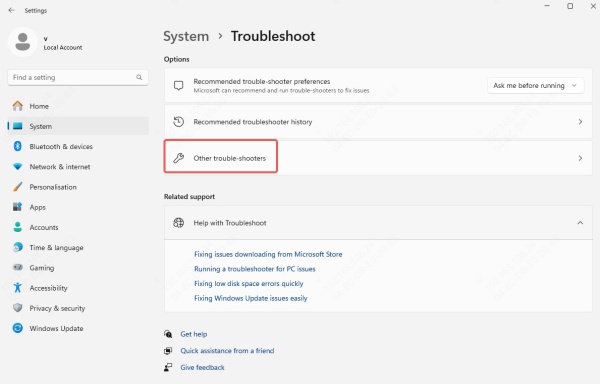
Click Run next to Network and Internet.
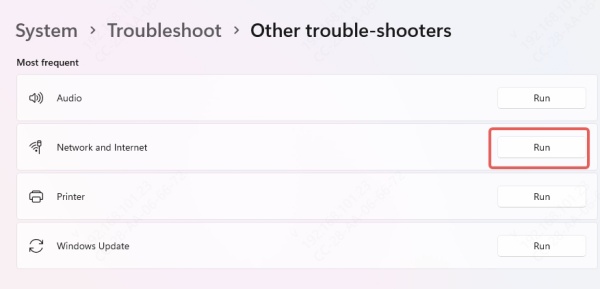
Let the troubleshooter detect and apply the fix.
Fix 3: Scan for Hardware Changes in Device Manager
Sometimes the system fails to recognize hardware changes during boot, especially after a crash or BIOS reset. Scanning for hardware changes forces Windows to re-detect all installed components, including any network adapters that may have been overlooked during startup. This method is particularly helpful after installing a new adapter or replacing faulty hardware.
Open Device Manager.

Click Action > Scan for hardware changes.
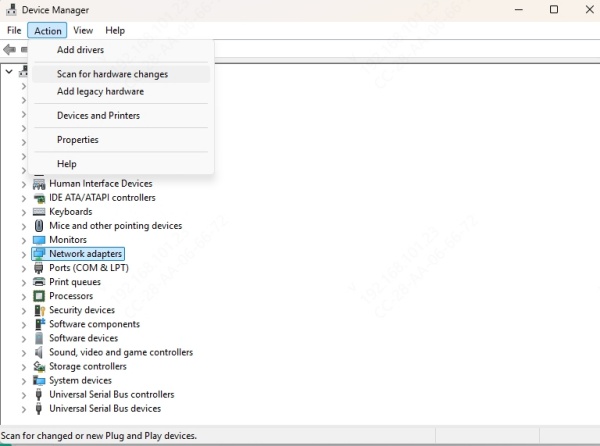
Windows will search for new devices and reinstall missing ones.
If your network card is physically installed, it should be detected. If not, it may indicate a deeper driver or hardware failure.
Fix 4: Reinstall or Update Network Drivers
Outdated or corrupted drivers are a leading cause of hardware not appearing in Device Manager. Even if the physical adapter is fine, a broken driver installation can prevent it from being recognized. By reinstalling or updating the driver—either manually or using a tool like Driver Talent—you can restore your system’s ability to interface with the network hardware.
Manual Reinstallation:
Open Device Manager.

Right-click your PC name at the top.
Choose Add legacy hardware.
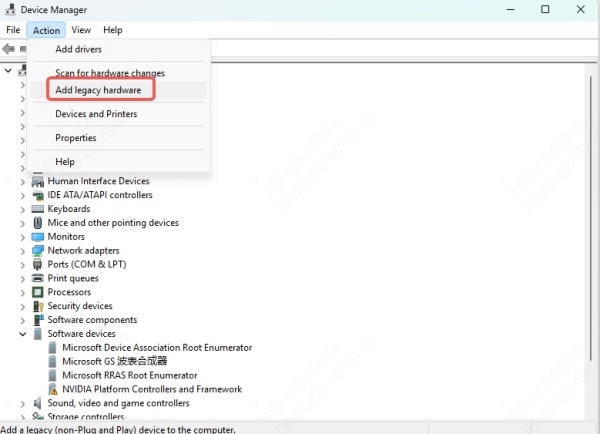
Click Next > Install the hardware that I manually select from a list (Advanced).
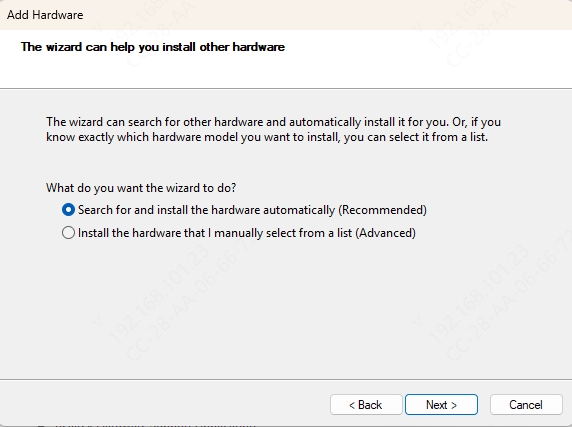
Select Network adapters, then click Next.
Choose the manufacturer and model of your adapter (e.g., Realtek, Intel, Qualcomm Atheros).
Complete the installation wizard.
Automatic Update via Driver Talent:
To save time and ensure accuracy, we recommend using a powerful driver management tool like Driver Talent.
Driver Talent can automatically detect your missing network adapter and install the latest driver that matches your hardware model and Windows version.
Steps:
Download and install Driver Talent.
Launch the program and click Scan.
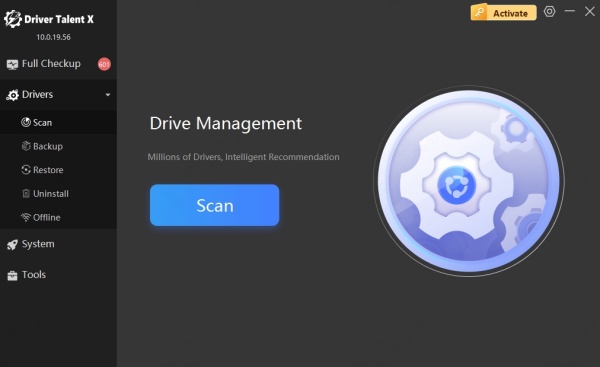
If the network adapter is detected, click Install or Repair.
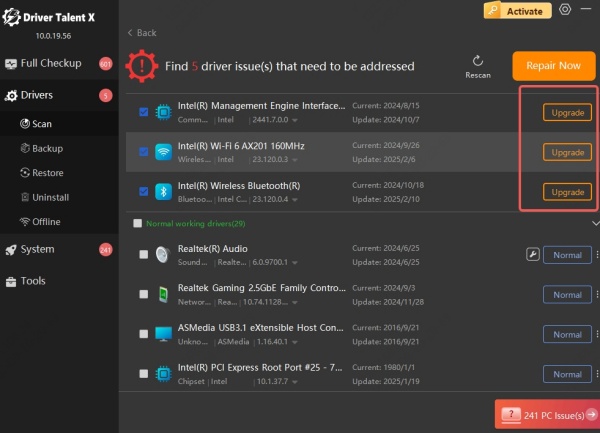
Restart your PC once the process is complete.
This method works efficiently when the network adapter is not showing in Device Manager on Windows 10 or Windows 11 due to driver corruption.
Fix 5: Check BIOS or UEFI Settings
BIOS (or UEFI) settings control how your motherboard communicates with onboard and external components. If your network adapter is disabled in BIOS, it won't appear in Windows at all. This can happen after a firmware update or an accidental change in settings. Re-enabling it from BIOS ensures that Windows can detect and manage your network interface.
Steps to Enable:
Restart your PC and enter the BIOS/UEFI setup (commonly F2, Del, or Esc key).
Look for Integrated Peripherals, Advanced, or Onboard Devices section.
Ensure that LAN controller or Wireless LAN is enabled.
Save and exit BIOS.
Fix 6: Reset Network Settings
Severely corrupted network configurations or aggressive firewall tools can block or hide your network adapter. A full network reset clears all network profiles, adapters, and configurations, restoring everything to factory defaults. This step is powerful and should be used when you’ve exhausted conventional troubleshooting.
For Windows 11:
Go to Settings > Network & Internet > Advanced network settings.
Click Network reset > Reset now.
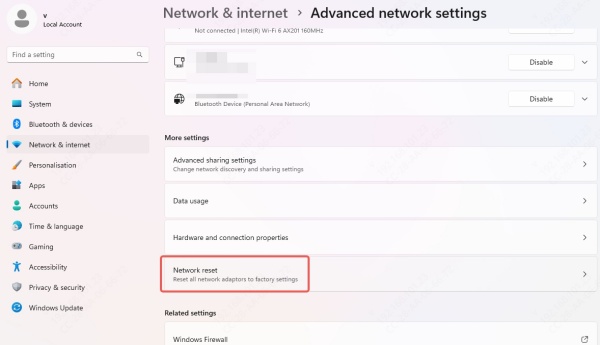
For Windows 10:
Navigate to Settings > Network & Internet > Status.
Click Network reset at the bottom.
Select Reset now.
Your system will remove and reinstall all network adapters. Restart your PC afterward.
Fix 7: Enable Network-Related Services
Windows relies on several background services to manage networking hardware. If any of these are disabled, your network adapter may not appear in Device Manager. Ensuring services like Plug and Play, DHCP Client, and Network Connections are enabled can instantly resolve detection issues without reinstalling drivers.
Steps:
1. Press Windows + R, type services.msc, and hit Enter.
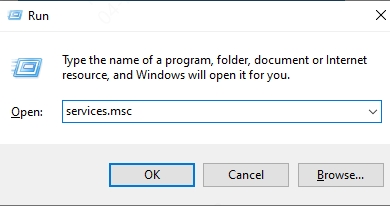
2. Ensure the following services are Running and set to Automatic:
Network Connections
Plug and Play
Network List Service
Remote Procedure Call (RPC)
DHCP Client
3. Right-click each, choose Properties, and set Startup type to Automatic if it isn’t already.
Fix 8: Run System File Checker (SFC) and DISM
Corrupted system files can interrupt Windows' ability to detect or load hardware components correctly. The SFC and DISM tools repair critical operating system files, often resolving hidden software errors that cause missing hardware in Device Manager. Running these commands can restore essential components without the need to reinstall Windows.
Run SFC:
Open Command Prompt as Administrator.
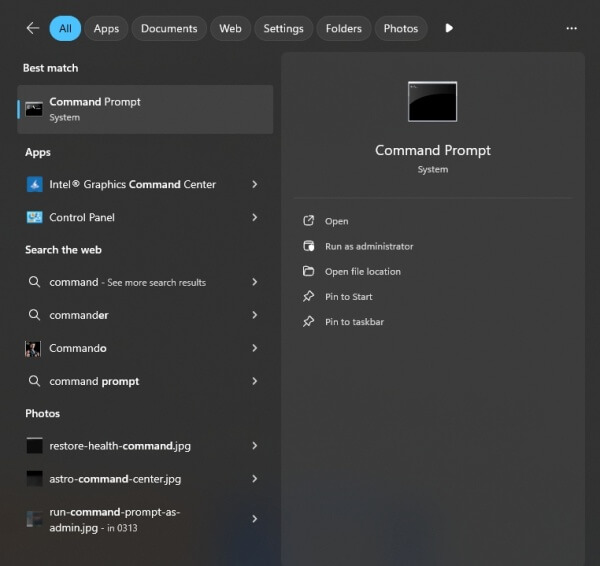
Type the following and hit Enter: sfc /scannow
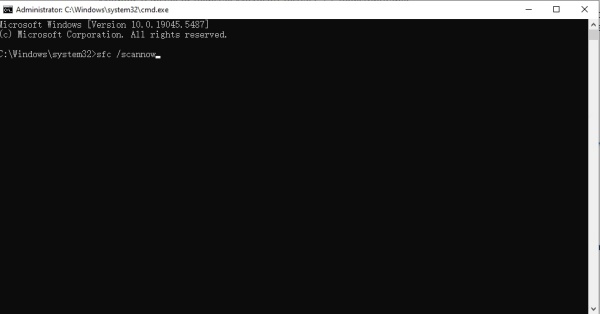
Run DISM:
If SFC reports issues it can't fix: DISM /Online /Cleanup-Image /RestoreHealth
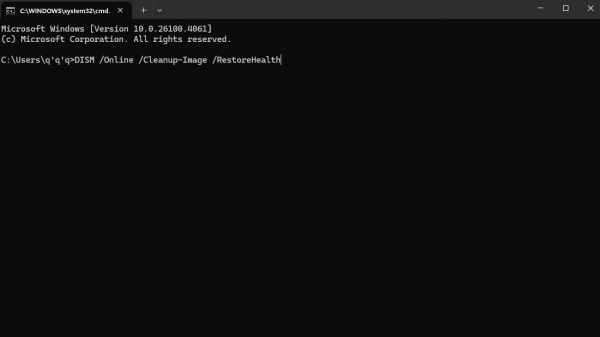
These commands will repair critical system files and restore your system’s ability to detect connected hardware.
Fix 9: System Restore to a Previous Working State
If your network adapter disappeared after a recent update or software installation, a system restore may resolve it.
Steps:
Press Windows + R, type rstrui, and hit Enter.
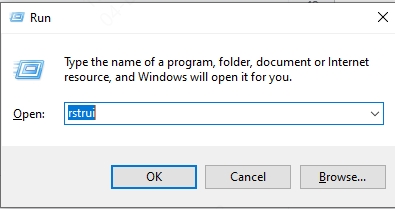
Select a restore point before the problem began.
Follow the prompts to restore your system.
Note: This won’t affect your personal files but may uninstall recently installed apps.
Fix 10: Check for Hardware Failure
If none of the above methods work, it’s time to consider the possibility of hardware failure. Network adapters can fail due to power surges, wear and tear, or manufacturing defects. Inspecting the physical connection or testing with an external USB adapter can help you confirm whether the issue is software-based or hardware-related.
For desktops: Open the case and verify the network card is firmly seated in its PCIe slot.
Try using a USB Wi-Fi adapter or external Ethernet adapter to bypass internal hardware.
Test the network adapter on another PC if possible.
Conclusion: Restore the Missing Network Adapter with Confidence
When your network adapter is not showing in Device Manager, it’s not always a hardware problem. With the steps above—from checking BIOS to running SFC and leveraging Driver Talent for automatic driver repair—you can often restore full network functionality in Windows 10 or Windows 11 without replacing any parts.
Download Driver Talent now to automatically detect missing network components and bring your internet connection back to life.
